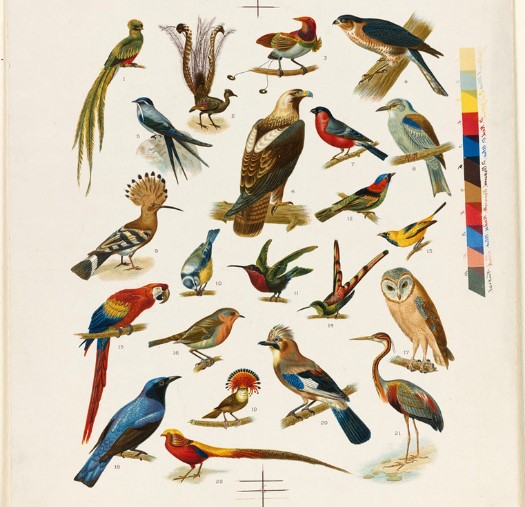One in five vertebrate species on Earth traded: Study

- Country:
- United States
At least one in five species of birds, mammals, amphibians, and reptiles on Earth are bought and sold on the wildlife market -- a number 40-60 percent higher than previously recorded estimates, according to a study published in the journal Science. The researchers, including those from the University of Florida in the US, also developed a model to predict which species that aren't traded now would likely be traded in the future.
The tool could help traditionally reactive wildlife managers become more proactive, they said. The trade of wildlife as pets or for animal products, such as horns, ivory, medicines or meat, is a multi-billion-dollar industry, the researchers said.
It is also widely recognized as one of the most severe threats to plants and animals, they said. However, the extent and impact of wildlife trade on global biodiversity across the animal kingdom remain poorly understood.
"The high demand for wildlife products and pets has driven pronounced losses in enigmatic species such as tigers, elephants, rhinos, and poison dart frogs," the researchers said. "Some subspecies are already extinct e.g., the last Javan rhino, Rhinoceros sondaicus Sinaiticus, was shot for its horn in 2010 in Vietnam, or on the cusp of extinction in the wild, e.g., Bali myna, Leucopsar rothschildi -- all because of trade," they said.
The team evaluated the effects of wildlife trade across 31,745 terrestrial bird, mammal, amphibian and reptile species using data from the Convention on International Trade in Endangered Species of Wild Flora and Fauna (CITES) and data from the International Union for Conservation of Nature (IUCN) Red List. The researchers found that 5,579 animals, or roughly 18 percent of the total vertebrate species included in their analysis, are currently being traded globally.
They said the impacts of trade tend to be higher among certain groups such as birds and mammals, versus reptiles and amphibians. The impact of the trade is also higher among threatened species than in non-threatened ones and concentrated in specific regions of the globe.
Further analysis allowed the researchers to identify 3,196 more species, which are currently overlooked in the markets but could be at the risk for future trade based on their shared similarities with currently exploited species. The researchers, including those from Auburn University at Montgomery in the US and the University of Sheffield in the UK, suggest that at least 8,775 species could soon be at risk of extinction.
They stress the need for proactive strategies designed to combat global wildlife trade.
(This story has not been edited by Devdiscourse staff and is auto-generated from a syndicated feed.)
ALSO READ
"Want every Indian to see that video clip": Jewish woman of Indian-origin recalls losing loved ones to Hamas terrorists on Oct 7
Russian military says it shot down five Ukrainian drones overnight
Ukraine says Russian drones damage energy infrastructure in south
Pope will travel to Indonesia, Papua New Guinea, East Timor and Singapore in longest trip of papacy
Pope to travel to Indonesia, Singapore, Timor-Leste and Papua New Guinea on Sept. 2-13










